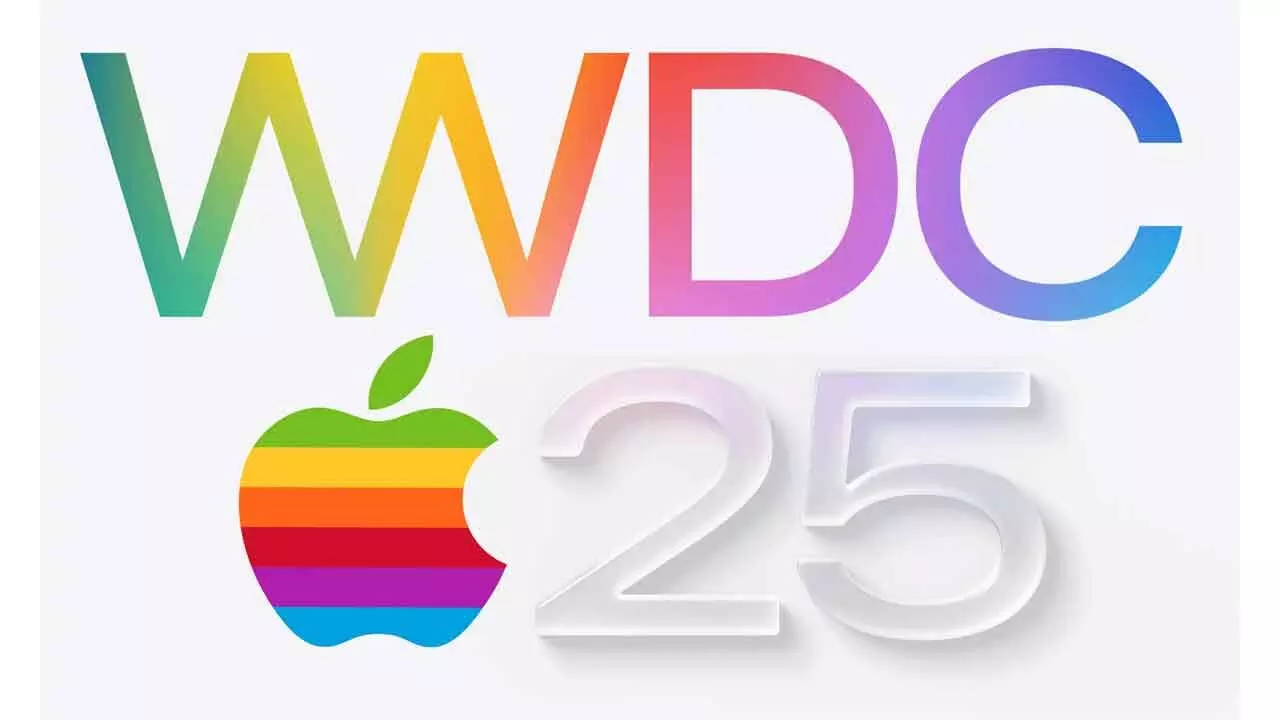Unlocking Growth: Apple's WWDC Day 3 Delivers Smarter Tools for Marketers
Apple's WWDC 2025 Day 3 brought exciting updates for app marketers, focusing on enhanced analytics, deeper personalization, and stunning new design tools. Discover how these innovations can supercharge your app's growth and user engagement.
Unlocking Growth: Apple's WWDC Day 3 Delivers Smarter Tools for Marketers

Apple's Worldwide Developers Conference (WWDC) continued its exciting run on Day 3, unveiling a suite of updates that, while not always front-page news, are absolute game-changers for app marketers. The focus? Elevating app intelligence, deepening personalization, and refining the user experience. For those of us striving to optimize our funnels, truly connect with customers in real-time, and boost conversions across every touchpoint, these announcements couldn't have hit closer to home.
One of the standout revelations was Apple's significant overhaul of App Analytics. Marketers can now enjoy crystal-clear visibility into their app's performance throughout the entire customer journey – from initial install to that crucial first purchase and even long-term retention. We're talking about more than just surface-level data here. Two brand-new metrics, "Download-to-Paid Conversion" and "Average Proceeds per Download," offer invaluable insights. They don't just tell us what customers are doing, but crucially, how much value they're bringing to the table. This means installs are no longer just a vanity metric; brands can now genuinely benchmark the revenue contribution of each customer cohort.
This shift is monumental for product-led growth marketers. Suddenly, it's far easier to pinpoint whether user drop-offs are a result of clunky UI or a fundamental disconnect in the app's value proposition. And here's a brilliant touch: Apple even allows you to benchmark your app's performance against industry peers. This sharpens your perspective, helping you determine whether it's your product itself or your marketing message that needs a tweak.
Beyond these crucial performance metrics, Apple has rolled out sophisticated cohort analysis tools. Imagine segmenting your audience by product page, geographic territory, or even device! If, for instance, a campaign brings in installs from iPad users in smaller cities, and those users aren't converting, marketers now have the power to refine their creative, adjust trial windows, or even tailor onboarding experiences to perfectly match those specific nuances. Even subscription trial data is now far more transparent, giving brands a clearer picture of when and why trial users convert to paid subscriptions, and, perhaps more importantly, why they churn.
The App Store itself is becoming a more marketer-friendly environment. With the introduction of "App Store Tags," Apple is leveraging AI (human-reviewed, of course!) to generate insightful labels like "guided meditation" or "offline workouts." This promises a significant boost in discovery. The best part? Marketers can now review and refine these tags directly within App Store Connect. This opens up exciting possibilities for appearing in curated collections or thematic lists outside of your app's primary category – a massive win for visibility.
Apple also brought keyword mapping to Custom Product Pages. If you've got a dedicated page for "Desk Workouts," you can now ensure it ranks for searches like "work from home fitness" without the headache of rebuilding the entire page. It's intent-led optimization, built right into the system – making our lives a whole lot easier.
On the monetization front, App Store Offer Codes have seen a welcome expansion. They now go beyond subscriptions to include consumables and non-renewing purchases. This means brands can now run incredibly targeted promotions – think strategic upsells to customers who dabbled with a free feature last month, or clever win-back campaigns for recently churned users. These codes are a breeze to distribute via QR codes, SMS, or even push notifications, and Apple is now providing direct redemption analysis. This is about putting powerful promotional tools directly into the hands of marketers.
Collectively, these changes significantly enhance a marketer's ability to personalize both acquisition and lifecycle flows for their iOS apps. But let's not forget the crucial role of design.
Apple's "Liquid Glass" design system is now fully live, offering marketers a breathtaking new way to elevate their brand's perceived value. With its light-reactive textures, fluid motion, and seamless transitions, Liquid Glass imbues apps with a truly premium sheen. For industries like fintech, wellness, or luxury e-commerce, this isn't just about aesthetics; it's fundamental conversion infrastructure. When an app feels polished and refined, customers naturally stay longer, build greater trust, and engage on a deeper level.
For marketers orchestrating VIP programs, early access drops, or exclusive loyalty zones, Liquid Glass provides a canvas that makes exclusivity feel genuinely tangible. When paired with smart in-app personalization, marketers can craft premium experiences that are not only functionally intelligent but also deeply emotionally resonant.
Across Day 3, a clear pattern emerged: Apple is equipping marketers with sharper levers, greater control over segmentation, more intelligent insights into outcomes, and a richer palette for storytelling. The most exciting aspect? These aren't theoretical concepts; they're integrated directly into the core system. This means the real opportunity lies in how quickly brands can adapt, integrate these powerful tools, and begin experimenting to unlock their full potential.

